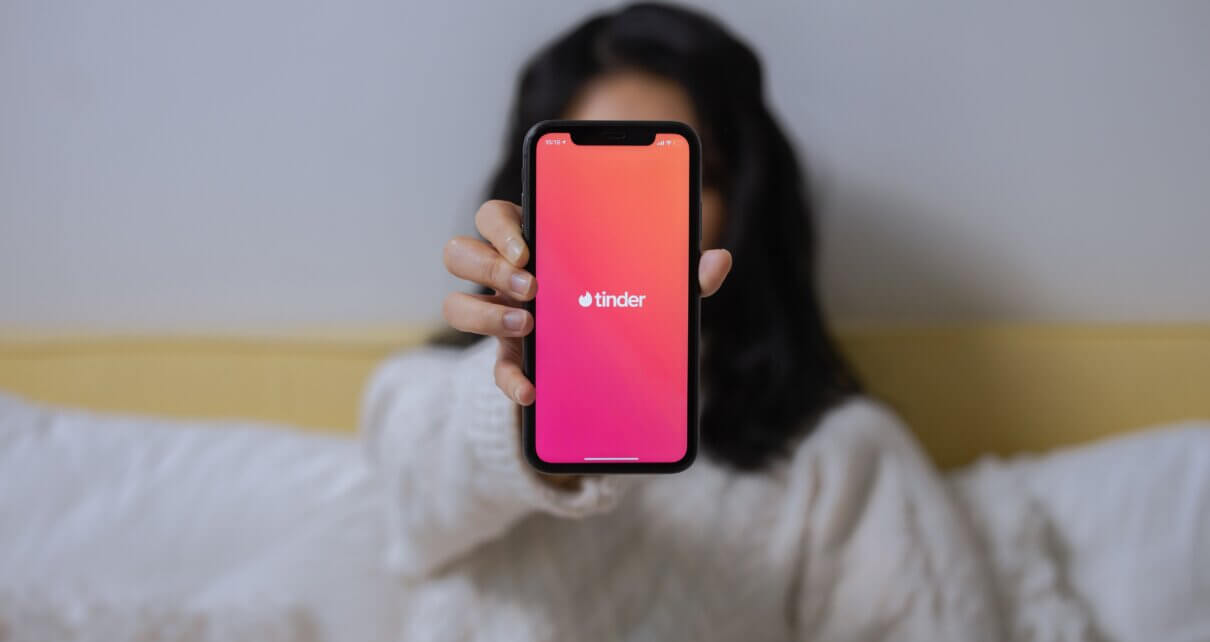Often times, dating in college feels similar to wading through a minefield—some are lucky enough to maneuver around the obstacles; for others, it ends up blowing up in their faces.
With stressful and tumultuous schedules, college students may not always have the time, nor the patience, to sift through the available dating pool of potential contenders.
This lack of time to create meaningful, organic connections has led many people to rely on dating apps.
Modern-day college relationships are heavily influenced by social media and dating apps, the rise of which have allowed casual dating and hookup culture to flourish.
Recently, these “situationships” are all the rage, with technology playing an important role in how college students view intimacy and connection.
Oxford Languages defines a “situationship” as “a romantic or sexual relationship that is not considered to be formal or established.” This is now the alternative route available to students if they find themselves emotionally unavailable or unready for serious relationships.
Tinder, Bumble, and Hinge are just a few of the popular apps used among college students.
The appeal of these apps comes from their simplicity. Most are geographically based, which provide users with a seemingly endless list of nearby options while allowing them to match with people based on their physical appearance and personality.
A junior communication student who asked to remain anonymous, added, “Dating apps are just so accessible. Being on the go, I feel like there is no time to go on proper dates.”
However, utilizing dating apps to find meaningful relationships is tricky. Users may have different intentions when they “swipe right,” as each user has the ability to utilize these apps for their own purposes.
According to the Journal of Sociology, relationships in our modern world tend to be less durable than in previous generations, with more and more people taking the casual dating approach.
Dating apps and social media have only exacerbated this lack of commitment since it’s easy to talk to people without any expectations.
Dating apps promote themselves as being able to help people find “the one,” but nowadays people use them just to find anyone. While these apps may promote themselves as tools able to help people begin long-term relationships, their reputation says otherwise.
These apps provide a casual basis with which to meet people, which more often than not leads to situationships. Some people may be content with this outcome, which is perfectly fine.
Problems arise when people are not on the same page because two parties have been led to believe something different about the dating app experience.
Olivia Cutaia, a sophomore health studies student, elaborated, “Through Tinder, you talk to people and get their snaps and then you just ghost or get ghosted.”
This approach to dating— talking to someone only when you feel like doing so and halting all communication when you don’t— is a common tactic among this demographic. Technology and its sense of intangibility only make this lack of communication and consistency easier.
Our generation is so accustomed to casual texting and Snapchatting that it results in low expectations for relationships and a sense of separation when this form of communication is no longer exercised. It’s easy to forget that we are talking with real people, not random names and faces on a screen.
Dating apps are meant to take the stress out of dating, offering quick and easy results to those that want them. However, quick results do not necessarily mean long-lasting or meaningful ones.
Whatever your intentions may be when using dating apps, it’s important to remember that not everyone will have the same goals as you do. Try to communicate with people what you want out of the experience to avoid anyone getting hurt.



